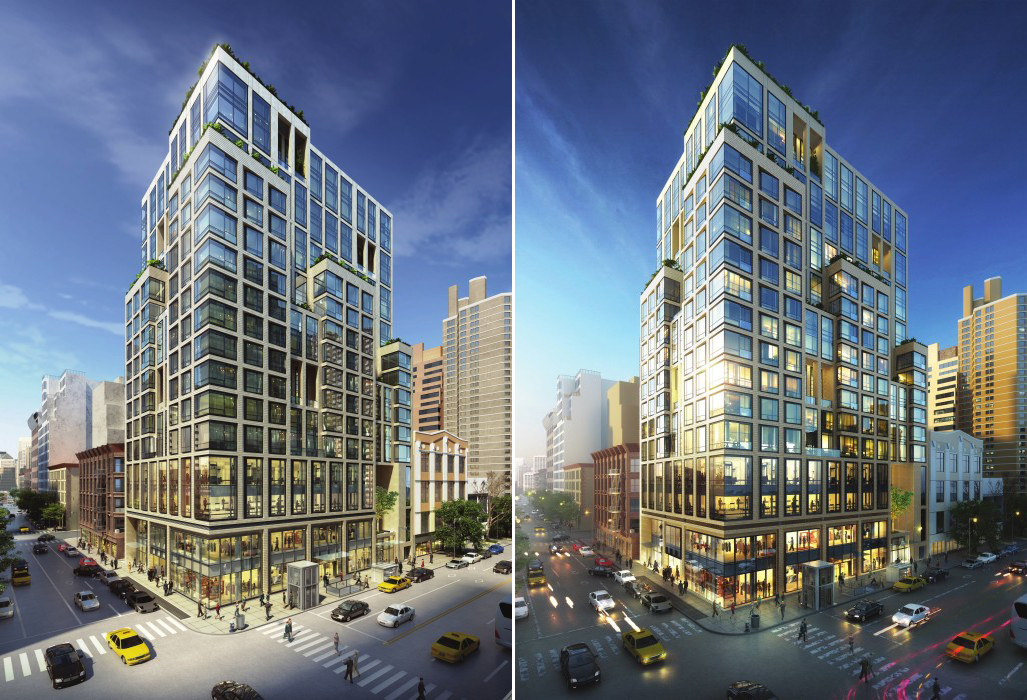

Perrotin Shanghai occupies the top floor of a historic three-story brick building known as the Amber Building, a former warehouse built in 1937, used by the Central Bank of China during the Republican period. In 2018, Perrotin launched a gallery in Shanghai, in the heart of the city’s Bund quarter. In 2019 the gallery expanded, and it now totals 230 square meters (2,500 sq. In 2019, the gallery expanded to a 230 square meter (2,500 sq. The gallery is located in the center of the Roppongi area, a vibrant cultural neighborhood that is home to a large number of museums, including the Mori Art Museum, Suntory Museum of Art, and National Art Center, as well as many well-established galleries. In June of 2017, Perrotin opened a space in Tokyo on the ground floor of the Piramide Building. ft.), has been designed by KIAS (Kentaro Ishida Architects Studio) in collaboration with Yoki Design and Kenny Ho. The building, comprising two floors and offering exhibition space of about 250 square meters (2,680 sq. Perrotin Seoul is located in the heart of Jongno-gu district, the city’s museum and gallery district, in close proximity to the National Museum of Modern and Contemporary Art and Daelim Museum and just in front of the Blue House, the official residence of the President, and Gyeongbok Palace.Ī second gallery in Seoul, Perrotin Dosan Park, opened in August 2022 in the heart of Seoul’s new district of culture and luxury flagships where Horim Art Center, SONGEUN Art and Cultural Foundation, Maison Hermès Dosan Park, Maison Louis Vuitton Seoul, and two major Korean auction houses are located. In 2016, Perrotin inaugurated a 240-square-meter (2,580 sq.

Perrotin New York includes a bookshop featuring unique editions and books published by the gallery. ft.) space, relocating to 130 Orchard Street in New York’s most dynamic arts neighborhood, the Lower East Side. After three successful years there, the gallery expanded in April of 2017 to a 2,300-square-meter (25,000 sq. In 2020, the Hong Kong gallery moved across the harbor to K11 ATELIER Victoria Dockside on the Tsim Sha Tsui waterfront.įrom 2013 to 2016, Perrotin New York was housed in a historic building on the Upper East Side’s iconic Madison Avenue. In May of 2012, Perrotin opened its Hong Kong gallery on the seventeenth floor of 50 Connaught Road Central (650 sq. In all, the Paris gallery spaces amount to 29,600 square feet (2,750 sq. m.) located 8 avenue Matignon nearby Christie's and Sotheby's. In 2021, a gallery dedicated to secondary market takes a five-storey townhouse, (4,090 square feet, 380 sq. ft.) on Avenue Matignon in the west of Paris. In June 2020, Perrotin opens a space totaling 70 square meters (750 sq. ft.) showroom known as the Salle de Bal, in a former ballroom in the Hôtel d’Ecquevilly, a seventeenth-century hôtel particulier. In 2014, Perrotin opened a 700-square-meter (7,500 sq. Two years after it opened, the original Paris gallery expanded into its space on Impasse Saint-Claude. Located since 2005 in an eighteenth-century mansion, Perrotin has three gallery spaces totaling approximately 1,600 square meters (17,000 sq. Perrotin has galleries in 7 cities: Paris, Hong Kong, New York, Seoul, Tokyo, Shanghai and Dubai totaling approximately 7,800 square meters (84,000 square feet) of exhibition space. He has worked closely with his roster of artists, some for more than twenty-five years, to help fulfill their ambitious projects. Restoration is still on-going in some of the Agate Rooms, but there is already plenty to see.Emmanuel Perrotin founded his first gallery in 1990 at the age of twenty-one. The Great Hall at the center of the suite is particularly fine, with a wonderfully intricate bronze coffered ceiling above pale-pink artificial marble walls, elegant malachite pillars, and an abundance of classical statuary. These spectacular rooms are literally covered in Russian semi-precious stones, including agate, jasper, malachite, lapis lazuli, and alabaster. The upper storey, however, contains what are probably Cameron's finest interior designs, known collectively as the Agate Rooms.

Inside, there is nothing left of the original bathhouse and the lower chambers are now used for temporary exhibitions. The modestly sized two-storey building that he housed them in has a simple but effective design that works on the contrast between the monumental slabs of rough-hewn Pudost travertine that cover the lower storey and the delicate classical decorations of the upper floor. Cameron's design for the baths was based on measurements taken by Palladio from the ruins of the Constantine Baths in Rome. Catherine's modish interest in all things classical led her to invite Cameron to St. Petersburg to build a Roman bathhouse next to the Catherine Palace.


 0 kommentar(er)
0 kommentar(er)
